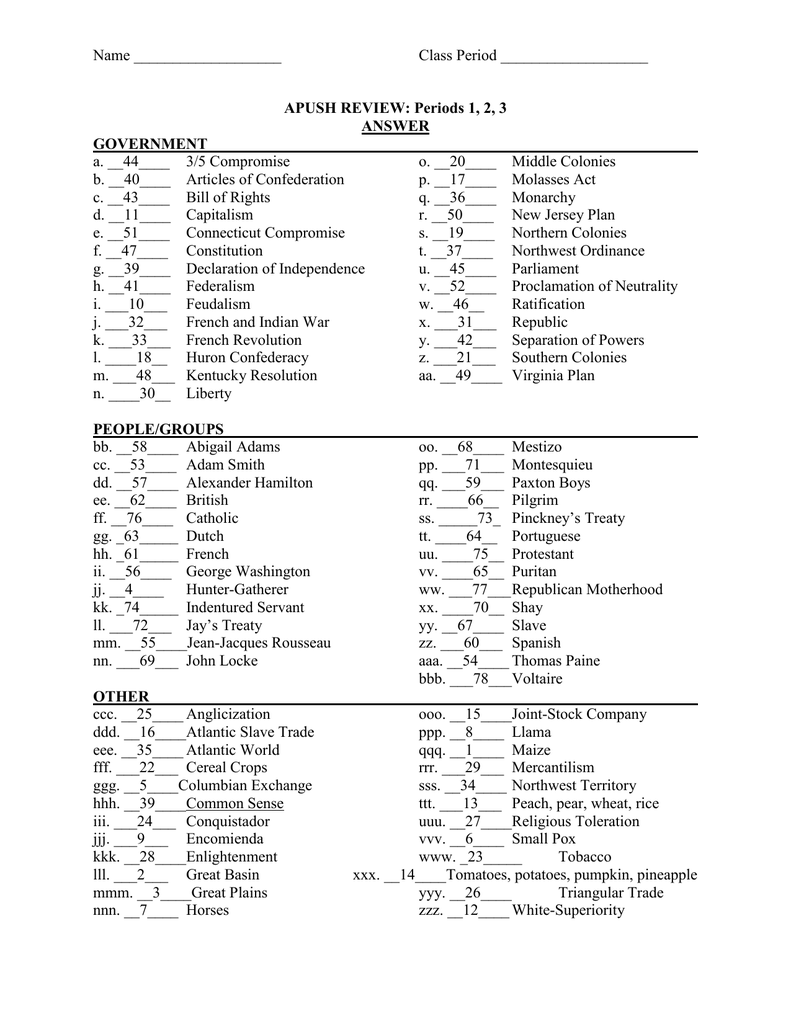

During the final months of his presidency-and in response to the November 1860 election of anti-slavery Republican Abraham Lincoln-Southern states began to debate leaving the Union.Īlthough Buchanan spoke out against secession in his December 3 State of the Union address, he maintained that it was “beyond the power of any president” to do anything about it-and put the blame on Northern states for agitating against slavery in the South. history was that of President James Buchanan, who oversaw the country’s unraveling amid tensions between the North and South over slavery. The most consequential lame-duck term in U.S. In the years since, Adams’ last-minute appointments have become known as the “midnight judges”-and a prime example of lame-duck sabotage. Seeing these actions as a partisan attempt to pack the court and subvert their agenda, the lawmakers repealed the law before it could go into effect. ( Why the Supreme Court ended up with nine justices.)ĭemocratic-Republicans, an early political party led by President-elect Thomas Jefferson, were outraged. By February 24, Adams had submitted his nominations for those roles-then signed a few other judgeship commissions on March 3, his last day in office. After confirming Secretary of State John Marshall to the Supreme Court, Congress passed the Judiciary Act of 1801 that reduced the Supreme Court from six seats to five and created 16 new federal judgeships. “He saw no reason why he should cease to exercise the powers of the office just because he would soon no longer hold them.”Īdams and his fellow lame-duck Federalist Congress moved swiftly both to replace the chief justice and reshape the judiciary in line with their vision to expand federal powers over the states. “Adams did not think of himself as a ‘lame duck,’” writes historian Richard A. With the end of his term only three months away, Adams acted. In December 1800, Federalist President John Adams had just lost reelection when Supreme Court Chief Justice Oliver Ellsworth resigned his post. Here are some of the most frenzied lame-duck presidencies in U.S. And for most of the country’s history, they had more time to do so because inauguration took place in March and was not moved to January until the 1930s. Others have sat on their hands while the economy tanked-and even as the nation broke apart. presidents have worked up to the last minute to push their agendas.

Lame-duck presidents are expected to spend their waning days quietly carrying out administrative business and aiding an orderly transition as the nation looks to its newly elected leader to set a policy agenda.īut the country has seen turbulent lame-duck periods before. presidents have long been called “lame ducks,” a comment on how they are rendered weak by their dwindling days in office. On January 13-a week before the end of his term-Trump was impeached (for a second time) in the House of Representatives for inciting that insurrection. Capitol to disrupt the counting of electoral college votes.

After Trump spent months attempting to overturn the election with baseless claims of voter fraud, an armed mob of his supporters overran the U.S. President Donald Trump’s final days in office have been historically tumultuous.


 0 kommentar(er)
0 kommentar(er)
